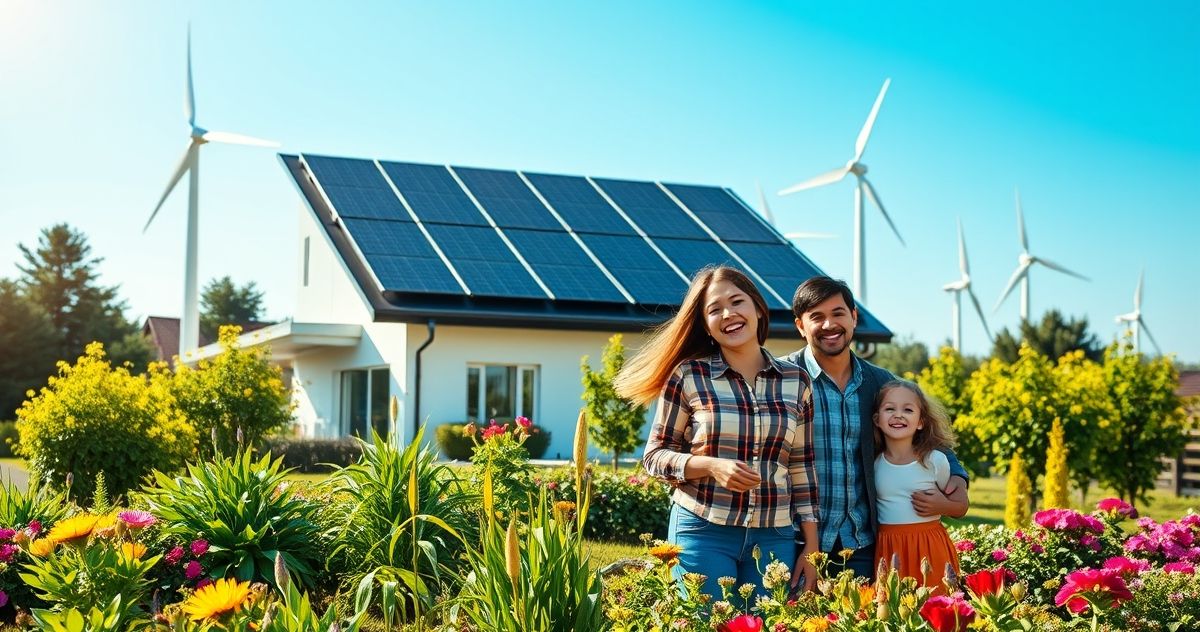State Green Energy Credit: An Overview
The State Green Energy Credit is a crucial component of many regional tax systems aimed at incentivizing investments in renewable energy infrastructures and sustainability practices. These credits serve dual purposes: they reduce the tax liabilities of individuals or businesses engaged in green projects while simultaneously encouraging the broader adoption of environmentally friendly technologies. This initiative aligns with a growing global emphasis on reducing carbon footprints and promoting ecological well-being.
What is the State Green Energy Credit?
At its core, the State Green Energy Credit is a financial incentive designed to reward taxpayers who participate in eligible renewable energy projects. Such projects might include installing solar panels, wind turbines, or geothermal systems. The primary purpose of this credit is not only to alleviate the financial burden associated with high initial investment costs in green technologies but also to drive growth within the renewable energy sector. By decreasing the economic barrier to entry, more individuals and businesses are encouraged to transition towards sustainable energy options.
Key Features and Components
- Eligibility: The key determinant of eligibility usually revolves around the nature and scope of the project. Residential installations, commercial projects, and sometimes even smaller initiatives are considered. It is vital for claimants to verify which projects qualify under their specific state’s guidelines.
- Credit Amount: The actual dollar value of the credit can vary widely dependent on the type and scale of the project. In some states, the credit might cover a percentage of the installation cost, while elsewhere it may be capped at a specific maximum amount.
- Carryover Provisions: If a taxpayer’s credit exceeds their tax liability, some states permit carrying over the unused amount to future tax years. This feature aids in maximizing the financial benefits, extending beyond the immediate fiscal period of the installation.
- Project Certification: Often, to claim the benefit associated with the credit, an official certification from a government body or authorized third-party may be required. This ensures the project complies with necessary standards and requirements.
Filing and Compliance Requirements
The submission process for the State Green Energy Credit requires strict adherence to documentation standards and deadlines:
- Proper Documentation: Taxpayers must maintain thorough records, including invoices, contracts, and certification documents, as these are necessary for verification during filing.
- Filing Deadline: The credit typically needs to be claimed on the state tax return for the fiscal year during which the project was completed. Missing a filing deadline can result in forfeiture of the credit for that year.
- Additional Forms: Often, specific forms or schedules are attached to the state tax return. These must be accurately completed and submitted to substantiate the credit claim.
Consequences of Non-Compliance
Non-compliance, including failure to properly document or timely file for the State Green Energy Credit, can lead to several negative consequences, such as:
- Denial of Credit: If filing requirements are not met, the entire credit may be disallowed, impacting financial plans based on anticipated reductions in tax liability.
- Penalties and Fines: Some states impose penalties for inaccurate reporting or intentional misrepresentation of project details.
- Audits: Consistent non-compliance can increase the likelihood of state-initiated audits, leading to additional scrutiny of financial records.
Importance in Tax Resolution and Financial Compliance
The significance of the State Green Energy Credit extends beyond immediate tax savings. It plays an influential role in broader financial compliance and tax resolution strategies:
- Financial Planning: For businesses and households, accurate forecasting of tax credits can influence budgeting and resource allocation for green projects.
- Sustainability Goals: By embedding financial incentives within tax law, governments encourage a shift towards sustainability, indirectly fostering environmentally conscious behaviors across diverse sectors.
- Economic Growth: By driving investments in renewable energy, the credit supports the emergence of green jobs and boosts local economies by empowering new market sectors.
Overall, the State Green Energy Credit is a critical tool in state-level economic policy, underscoring a commitment to environmental stewardship and financial responsibility. By encouraging compliance and providing a roadmap to tax reductions, it offers valuable incentives that align personal and corporate financial goals with essential environmental objectives.

